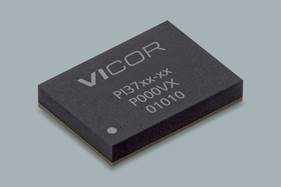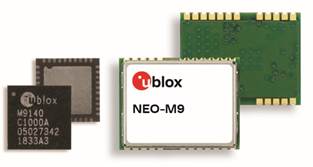SAFC HITECH™相变记忆体
SAFC HitechTM, a focus area within SAFC®, a member of the Sigma-Aldrich Group (NASDAQ: SIAL), today announced that it has made significant progress in developing Germanium Antimony Telluride (GexSbyTez or GST) precursors for use in high volume manufacturing phase change memory (PCM) applications. Extensive development work has been conducted with both the precursors and with the use of conventional Metal-Organic Chemical Vapor Deposition (MOCVD) techniques to deposit them, resulting in the successful deposition of device-quality GST. These advances represent a major step towards achieving a commercially-viable solution to address the aggressive memory device scaling issues faced by the semiconductor industry to keep pace with Moore’s Law.
PCM, a non-volatile computer memory, takes advantage of the unique behavioral properties of chalcogenide compounds to enable scaling of ultimate feature size further than is possible with conventional Flash memories . This translates to greater storage capacity and superior performance for memory devices. Chalcogenide compounds, such as GST, are very attractive materials for PCM and have already been used as the basis for optical storage media and prototype PCM devices.
“Until now, PCM materials have generally been deposited by sputtering or other Physical Vapor Deposition (PVD) techniques, which are line of sight methods and have inherent weaknesses relating to uniformity of deposition,” commented SAFC Hitech Chief Technology Officer, Ravi Kanjolia. “Vapor phase deposition techniques, such as MOCVD, offer several advantages in relation to GST precursors, in particular, a better step coverage for deposition on patterned substrates, industrial scaling and high compositional control. Furthermore, we have achieved advances in precursor chemistries that allow similar layers to be deposited using conventional MOCVD, without the need for an activation process.”
Since 2005, SAFC Hitech has been a participant in the European Commission-supported CHEMAPH project, a consortium set up to look at deposition methods for GST films. Researchers at the company’s Bromborough facility in the UK have been actively investigating a variety of GST sources suitable for MOCVD, and have matched the physical properties of each metal precursor to enhance efficiencies at the desired growth parameters.
“Variations in cracking efficiencies were one major hurdle that we had to overcome,” explained Kanjolia. “After extensive work to synthesise a number of different chemicals and characterize their physical properties, a combination of sources was found with a much improved match of thermal stability to allow decomposition to the same degree when simultaneously introduced to the deposition reactor chamber.”
The actual chemicals of choice were found to be Ge(NMe2)4, Sb(NMe2)3 and iPr2Te. With these identified, SAFC Hitech then developed synthesis protocols to allow the isolation of high purity product in both small and large laboratory scale equipment. These materials are now available to customers with guaranteed quality by state-of-the-art in-house analysis. Samples have been shipped to various centers, and collaborations with partners have taken place to test the different combinations. Recent growth trials have resulted in successful deposition of device-quality GST using nitrogen as a carrier gas.
“While a full process to make MOCVD devices remains to be demonstrated on anything other than very small research structures, the quality of the films on flat substrates is improving, and the precursor chemistry is ideally-suited,” concluded Kanjolia. “The next challenge is to get the correct parameters in place to control the growth and lay down the correct layers in the correct structure. The temperature window with this process remains critical, and highlights both the difficulties associated with this system and the need for advanced precursors to move forward with integration into future phase change memory applications. We are confident that our sources will allow the development of next-generation devices to maintain the speed of performance enhancement required to meet market targets.”





